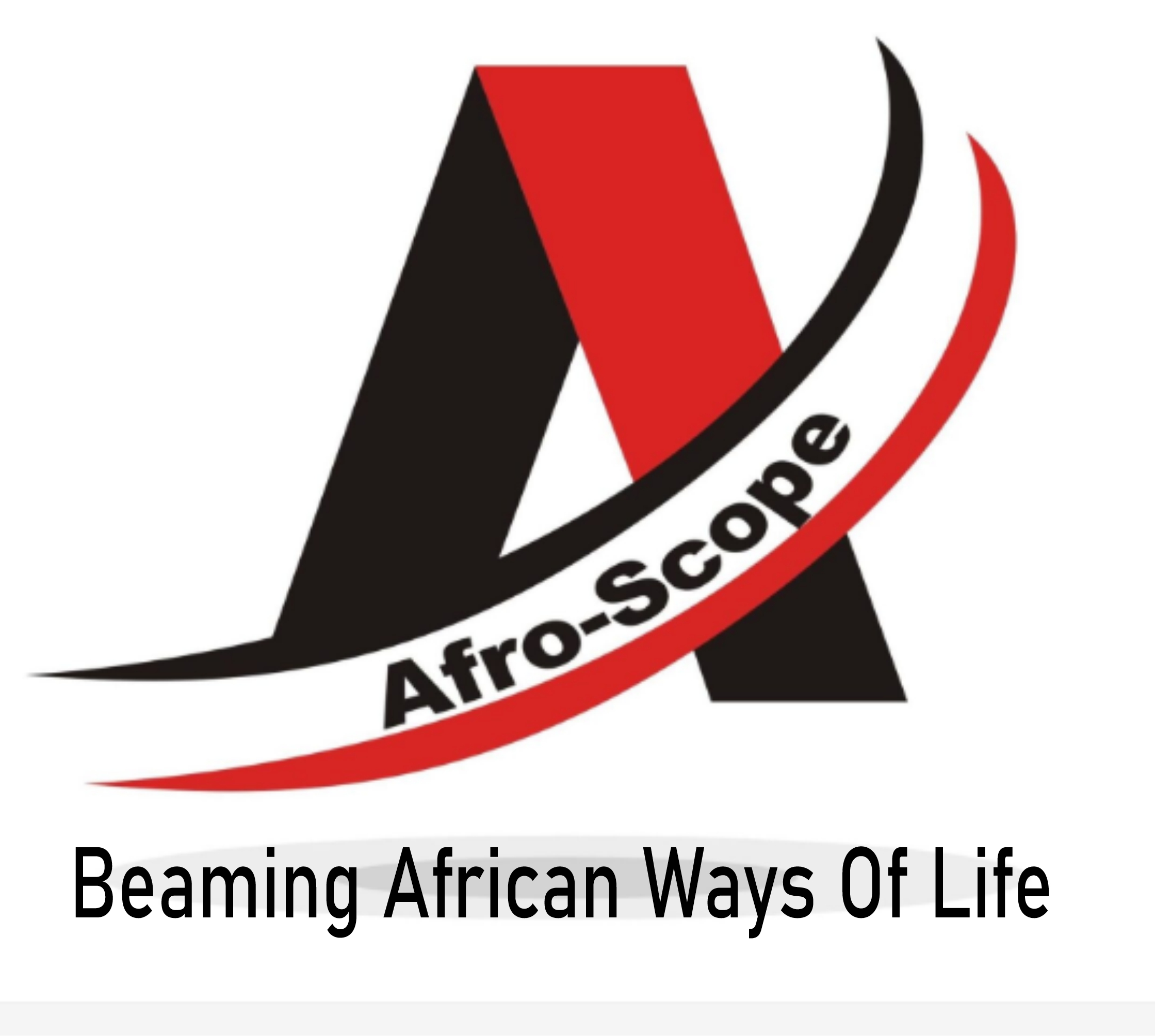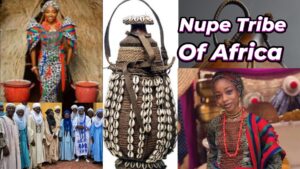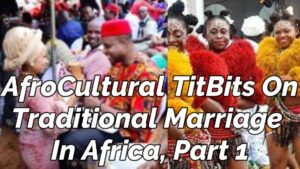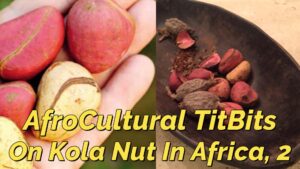July 14, 2022
MORE ON THE RITUAL OF TRADITIONAL KOLA-NUT COMMUNION IN IGBO LAND IN NIGERIA
Greetings, folks! I am Harry Agina, welcoming you to the third edition of No Bullshitting Blog’s (NBB’s) “AfroCultural TitBits” Series. This is also the third edition of our series on Kola Nut in Africa. This is NBB’s perpetual journey into the African Culture. The idea is to enlighten the world on the African culture. And, do remember, this is not just for non-Africans; no sir, no ma’am! You’d be shocked by the number of contemporary Africans, inside the Africa, who don’t know shit about African culture. Furthermore, most Africans who are not of the Igbo race of southeast Nigeria, don’t know about this kola nut series.
We tag kola nut the, “Holy-Communion” ‘Bread.’ And that’s exactly what it is among the Igbo people of southeast Nigeria, in West Africa. In the last edition, we talked about some major Dos and Don’ts. Did you miss that edition? Not to worry sir, or ma’am! The link to edition one is awaiting at the end of this blog, which will also link you to the second edition. It does make more sense when you follow our story from the beginning. Now, moving forward, I introduce our traditionalist, Udoakpuenyi, for today’s edition, which is number three, thus:
KOLA-NUT, THE “HOLY COMMUNION” NUT OF AFRICA, EDITION 3:
THE COMMUNION RITUAL CONTINUES
We have established that, in an ideal situation, the kola is purchased, washed and served by women, be it at home to welcome visitors, or in larger gatherings. But women do not go beyond this in the ritual. It is a male affair. When kola nut is presented, it is served at a table. Water is also served for the guests to wash their hands. The nuts are presented to the chief guest by the primary host, if in a home-setting. In a larger setting, such as village meeting, the chairperson of the occasion is the chief host. Usually, there are designated male individuals in the community whose duty it is to moderate the movement of the nuts in the ritual. For this narrative, lets stick to the home-visitors-scenario. It must be noted that there are minor variations in the ritual, from one Igbo-race community to another.
Generally, before the kola nuts are broken and shared for the final communion, the ritual begins with the woman or women of the house or the occasion. The woman, who had purchased the kola nuts, washes them up, puts them in the “Okwa-oji” (kola nut serving container). The chief host receives the “Okwa-oji” from his wife. He passes it to his chief guest, who presents it to his companions (if any), according to age-seniority. A youngster dares not receive, nor is he willfully given kola nut in such gathering before his elders. If various visitors are from different towns or villages, the seniority among the villages supersedes seniority of the individual persons present. The nuts are presented to the guests according to the seniority of their different towns and villages. As the kola nut container is passed around, each partaker touches the container as it gets to him. At the least, each partaker verbally acknowledges the presence of the “Okwa-oji” as it passes near him. This continues until everybody in the meeting has touched or acknowledged the kola nuts. The container finally returns to the host who had sent it on the presentation journey, with the proverb that, “Oji Eze dị Eze n’aka.” This literally translates to, “The King’s kola nuts return to the king.” This connotes that the host who provided the kola nuts is the king of the occasion.
The ritual of passing kola nuts around is for the traditional principle that, “Oji na-aga ije.” This means that, “Kola nut must move around” among all the communion-partakers. It is at the end of this journey, that the host takes one of the nuts to perform the traditional communion-prayer. It is known as, “Igọ-ọfọ.” Physically, “Ofo” itself is the name of a traditional prayer wooden-staff of the Igbo people. Symbolically, Igo-ofo, the prayer, is way too complex to address here in passing. It is a full story for another day, soonest. Suffice now to say that physical ofo, the wooden icon, is likened to the Christian Holy Bible in many ways.
Our concern here and now is that the host performs the prayer for the kola nut communion. In its ideal form, the Ofo staff is present and used in performing the Igo-ofo, the prayer. In its simpler form, the Igo-ofo is done without the staff. This is much more often, because the staff is a revered uncommon commodity, which is the preserve of chiefs. But the prayer and the incantations that embellish it do not necessarily change.
The host can also delegate this responsibility to another senior person in the congregation, especially when that senior is more traditional, with better understanding of the ritual. He raises the nuts and begins to call on their ancestors, and the four market days that represent the four universal forces of earth/heavens, wind, fire and water. He invites them to partake in the holy communion. He calls on them for protection, guidance and providence for the people and their generations.
This prayer is sometimes laced with a lot of poetic oratorical skills and proverbs. He calls all the benevolent spirits to come and be with the people. He asks them to provide the people with long life, good health, wealth, and gift of the womb for mothers. Importantly, he prays for the protection of the visitors on their way back home. As he says the prayer sometimes, he takes time to pinch out the “Anya oji,” which is located at the center of the meeting point of the parts of each nut. He throws them out to the spirits. It is said that the “anya oji” belongs to the spirits. As he makes the prayers, the rest of the people respond at the appropriate junctures with, “Ise!” The word means ‘Five.’ It is a response of agreement in concordance with the prayers. It may be “Iseeee!” for emphasis, and it is likened to, “Amen!” in the Christian prayers.
History has it that “Ise” is a reminder of five sacred obligations that bind Ndí Igbo (Igbo people) together. At the end of each line by the traditionalist, “Ise,” from the people serves to remind themselves of those obligations that bind them together. We shall tell you what those obligations are in a moment. Meanwhile, after the prayers, or Ịgọ-ọfọ, the ritualist breaks the very first kola nut, with which he prayed, by himself. Then, the youngest person or persons at home or among the guests are invited to split the rest of the nuts. In some communities, an elder splits the nuts. The first stage is to use a knife to split the kola along vertical lines of the natural seams that hold the parts together. Again, here is a nut showing the seams that hold the natural parts together. This particular nut has six parts. Some have two, three, four, or five parts. In Igbo land, the number of the natural parts of a given kola nut has cultural significance. The more the number, the more blessing the nut is considered. This issue will be addressed in a subsequent edition. The following nut has the highest number of six parts, and it is considered the most blessed:
If there are more people than the kola nuts can go round after the splitting of the natural seams into the natural parts, the nuts will then be split horizontally into the require number of pieces. Again, the quantity received by a partaker is irrelevant; it may be as tiny as a grain of rice if necessary. The quality of the communion is the true benefit.
The male visitors take the kola nut first, before the woman. This is not meant to disrespect women in any way. It is just respect for the culture and tradition of the land. But in reality, we all know, of course, that it’s one of the male-chauvinist traditions that were established in the ancient times. Kola nut celebration is not a feminine activity. But women do have other traditions that discriminate against men, too. Depending on available nuts, one or more whole nuts are left unbroken. They are to be handed to the Chief guest, in fulfilment of the, “Oji ruo ụlọ” tradition, as mentioned above.
The Five Sacred Obligations, Which The “Ise” Chant Reminds Ndi-Igbo,are:
- Foundation, which is called “Ntọ-ala”—Every Igbo man is expected to know his/her foundation.
- Holiness, known as, “Nsọ-ala”—It’s earlier mentioned that Ndị Igbo are essentially spiritual. They believe that they have strong bonding with their personal god, or “Chi,” as they call it.
- The law of the land, or “Iwu-ala.” Igbos strongly believe in law and order. Every Igbo man or woman is expected to keep the law of the land wherever he/she goes.
- Character or good moral behavior, otherwise known as “Omenala,which is loosely translated as “behavior on earth.” They believe that man must wear good behavior like clothes.
- Preservation of traditions, or “Odinala,” which literally translates to “the way it is on earth.” Nature is strongly connected to spirituality in the Igbo belief system. One cannot exist without the other. Ndị Igbo see God in the elements—the trees, the rivers, the earth, the heavens etc. As such, Nwauwa Appolos posited that Ndị Igbo practice Pantheism—a doctrine that identifies God with the universe. In other words, the universe is regarded as a manifestation of God. These elements are not necessarily worshipped, but they tap into the cosmic energy that comes with these forces.
These are the five sacred obligations, which Ndị Igbo remind themselves of, each time that they respond, “Iseeee!” Nonetheless, the essence of these obligations is largely lost with civilization and colonial enslavement over the years. As such, these days, many take “Isee” for the Christian, “Amen!”
In the next edition, we will take you through “Kola nuts in the science of numbers,” and the Igbo worldview.
A presentation of Udoakpuenyi
Contributory editing and augmentation by Harry Agina




